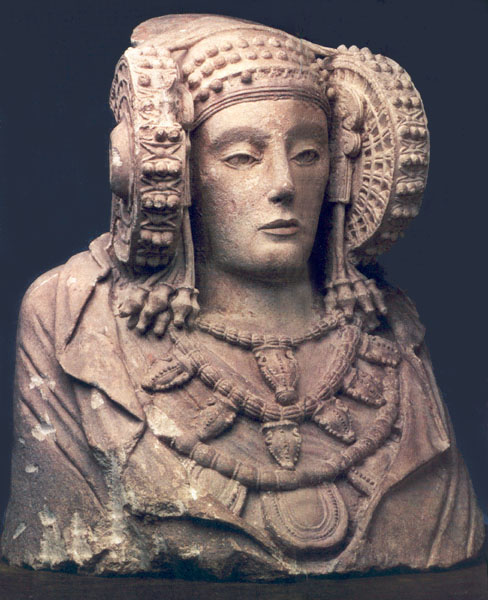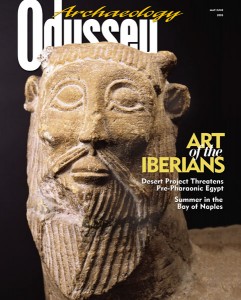Is the Lovely Dama de Elche a Fake?
Sidebar to: Warriors, Wolves, and Women

Serene and elegant, the fourth-century B.C. Dama de Elche is not only the pinnacle of ancient Iberian sculpture, but she has become a symbol of Spain and Spanishness—an image of august detachment and reticent beauty intrinsic to Iberian royalty before Rome conquered the peninsula. The Dama, for many, is the spirit of Iberia in stone. But is she for real?
Within a few days of the discovery of the 2-foot-high sandstone bust in 1897, it was purchased on behalf of the Louvre by the distinguished French archaeologist Pierre Paris. The Dama remained in France until World War II, when it was returned to Spain—where it now is on display in the National Archaeological Museum in Madrid.
No one questioned the Dama’s authenticity for a century. In 1995, however, art historian John F. Moffitt of New Mexico State University published a controversial book called Art Forgery: The Case of the Lady of Elche (University of Florida Press), in which he claimed that the Dama is a forgery created by a 19th-century Valencian artist to fool Pierre Paris. Moffitt argues that the bust was a form of sculpture unknown in fourth-century B.C. Iberia, and that the Dama’s state of preservation is improbable for a work of art supposedly produced in antiquity. In two places, he notes, the sculpture has been chipped, but the surface remains white, unlike the gray surface of the rest of the statue. How could these white spots have remained pristine for millennia? Why do they not have the same gray patina as the rest of the sculpture?
Already a library member? Log in here.
Institution user? Log in with your IP address.

